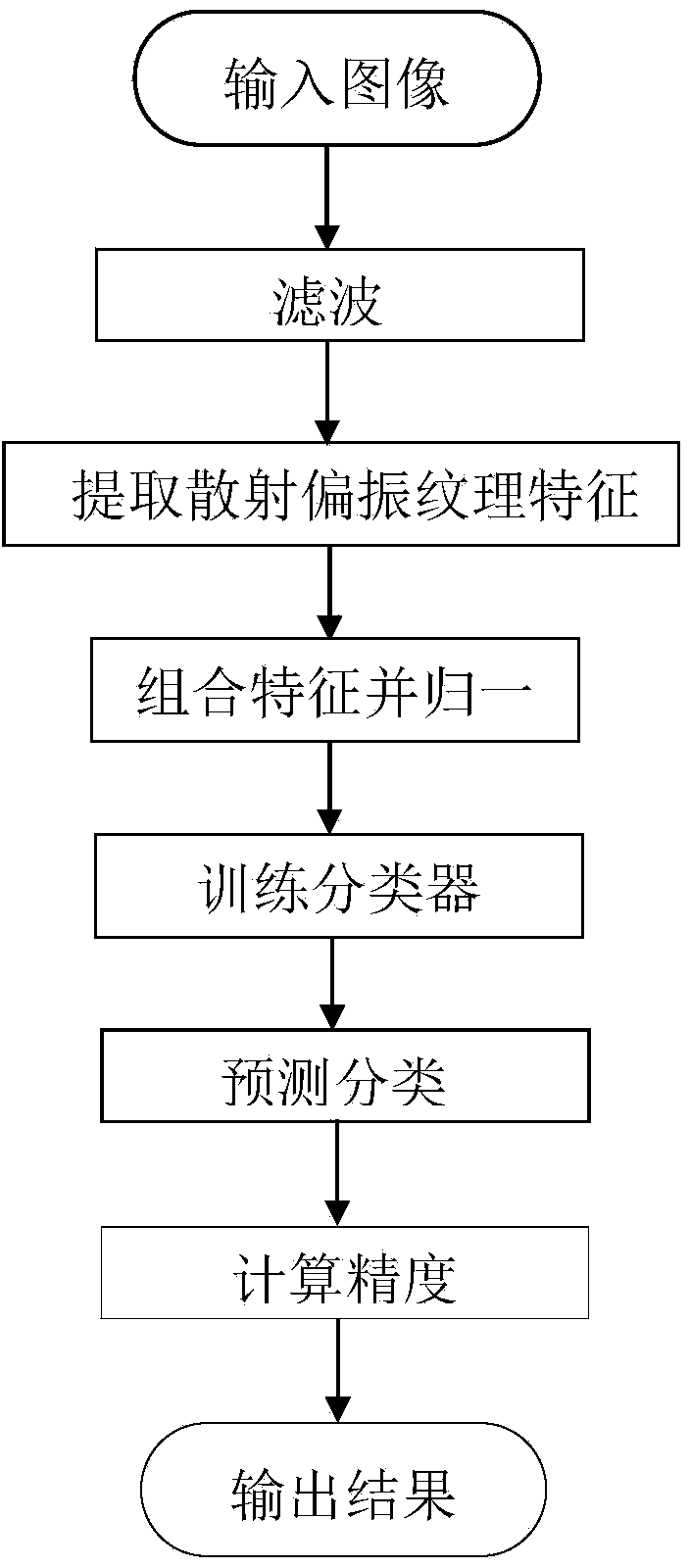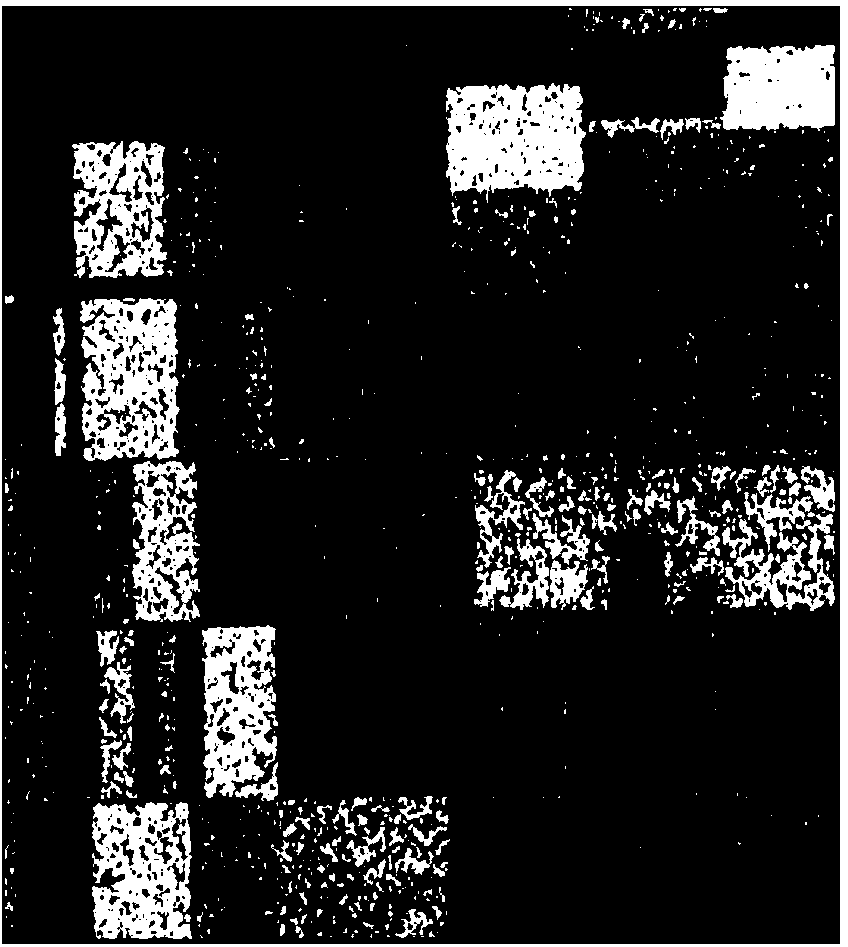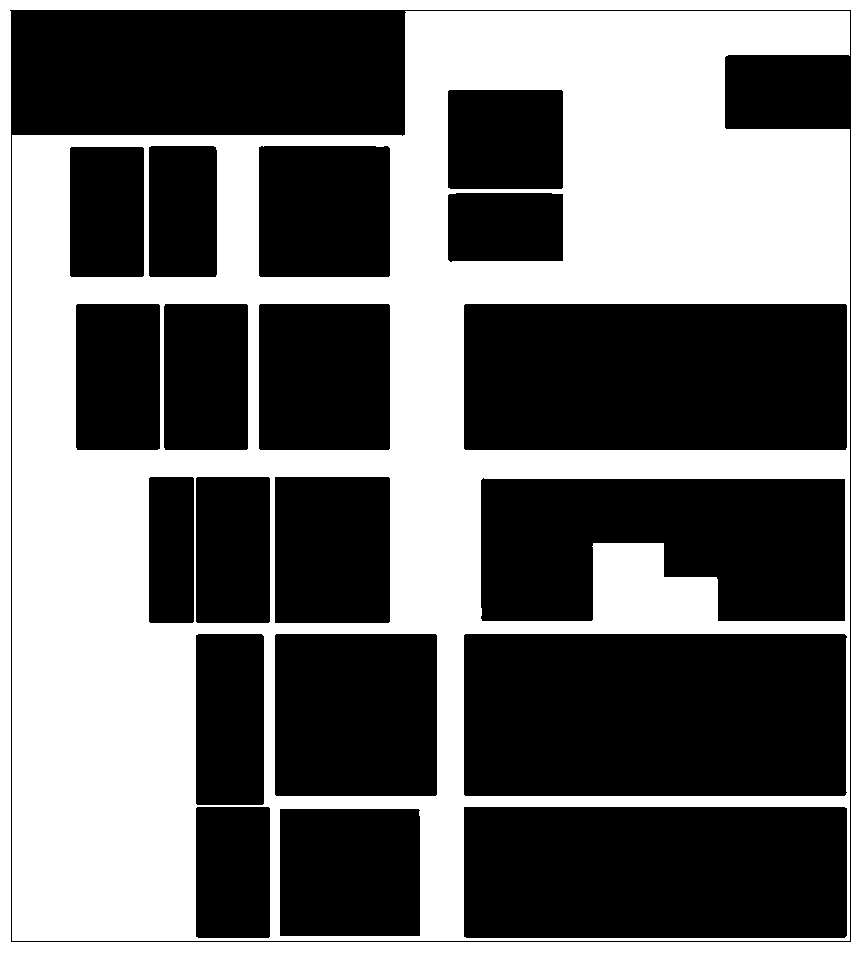Polarimetric SAR (Synthetic Aperture Radar) image classification method based on SDIT (Secretome-Derived Isotopic Tag) and SVM (Support Vector Machine)
A classification method and image technology, applied in character and pattern recognition, instruments, computer components, etc., can solve problems such as filtering, image quality reduction, and introduction of coherent speckle noise, so as to avoid crosstalk, strong generalization ability, and improve classification The effect of precision
- Summary
- Abstract
- Description
- Claims
- Application Information
AI Technical Summary
Problems solved by technology
Method used
Image
Examples
Embodiment Construction
[0034] The present invention will be further described below in conjunction with the accompanying drawings.
[0035] refer to figure 1 , the steps that the present invention realizes are as follows:
[0036] Step 1, input image.
[0037]Input an optional polarimetric SAR image to be classified.
[0038] Step 2, filtering.
[0039] The refined polarimetric LEE filtering method is used to filter the polarimetric SAR image to be classified to remove the speckle noise and obtain the filtered polarimetric SAR image.
[0040] Set the sliding window of refined polarization LEE filtering, the size of the sliding window is 7×7 pixels.
[0041] The sliding window is roamed from left to right and from top to bottom on the pixels of the input polarimetric SAR image. At each roaming step, the sliding window is divided into 9 parts from left to right and top to bottom according to the pixel space position. sub-windows, the size of each sub-window is 3×3 pixels, and there is overlap bet...
PUM
 Login to View More
Login to View More Abstract
Description
Claims
Application Information
 Login to View More
Login to View More - R&D
- Intellectual Property
- Life Sciences
- Materials
- Tech Scout
- Unparalleled Data Quality
- Higher Quality Content
- 60% Fewer Hallucinations
Browse by: Latest US Patents, China's latest patents, Technical Efficacy Thesaurus, Application Domain, Technology Topic, Popular Technical Reports.
© 2025 PatSnap. All rights reserved.Legal|Privacy policy|Modern Slavery Act Transparency Statement|Sitemap|About US| Contact US: help@patsnap.com



